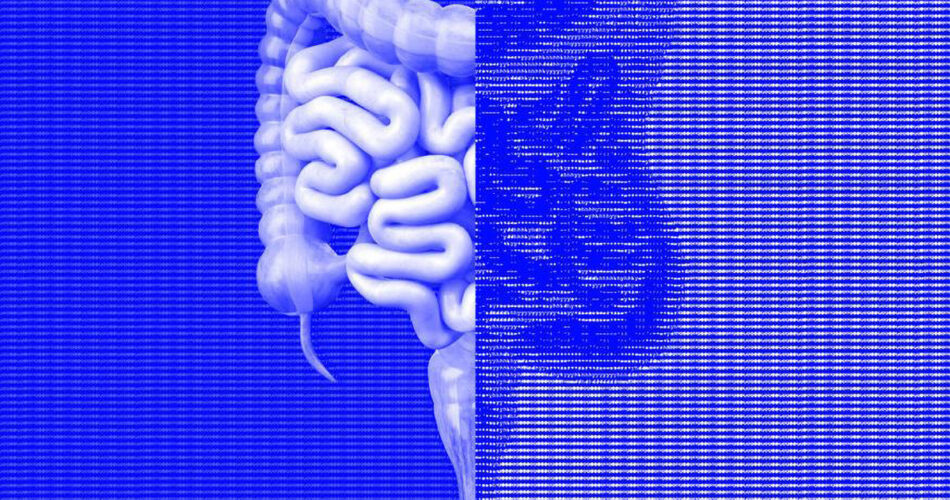Auggi wants to commercialize a stool-reading technology
David Hachuel, a computer scientist-turned-entrepreneur, is working to build the world’s largest database of human stool photos (up to 100,000 in all) to teach artificial intelligence to tell the difference between stool consistent with good health and stool that could be evidence of gastrointestinal diseases like irritable bowel syndrome or Crohn’s disease.
The color, shape, and consistency of stool hold important clues that help doctors make diagnoses. Therefore photos can form the basis of an app that nonphysicians can use to obtain such information on their own. Since we’re already tracking our steps, calories, and our heart rates; he hopes to build a poop tracker reliable enough to detect gastrointestinal problems quickly, easily, and with minimal embarrassment but first, lots of photos are needed.
“Algorithms need a lot of data to understand what they’re looking at”, said Hachuel, CEO of Auggi, a Brooklyn, New York-based startup that he hopes can commercialize stool-reading technology. “We don’t care or want to know who is contributing to the images, but we are very thankful for the data”.
Computer vision is now augmenting, and in some cases replacing, the work of radiologists, lab technicians, and other medical professionals. Similar technology is available to everyone, via A.I.-powered smartphone apps. Existing apps can already help identify skin cancer, for example. So, bringing a powerful AI tool into the bathroom could help people learn if they are living with gastrointestinal disease, according to Hachuel.
Douglas Bradford Mogul, an assistant professor of pediatrics at Johns Hopkins University School of Medicine who isn’t involved with the stool-tracking initiative, thinks such an app could be helpful, especially for teenagers and others who tend to be reluctant to bring their concerns about unusual bowel movements to their doctors.
However, he cautioned that, as with any do-it-yourself healthcare app, at-home poop analysis might cause problems. “One wouldn’t want hundreds of thousands of people going to their doctors because they received information from some algorithm that said that ‘this might be irritable bowel syndrome'”, he said. “I think, on the one hand, you could have some potential for some value, but I also think it could lead to unnecessary use of health care resources and anxiety”.
Eric Topol, founder of the Scripps Research Translational Institute in La Jolla, California, and an expert on the use of computers in health care is more skeptical. He said many medical researchers believe that the quickest path to improving patient health involves analyzing the genetic makeup of all the bacteria inside poop, not by using A.I. to analyze photos of poop. “If you just take pictures and you get A.I. feedback it doesn’t change anything”, he said, “what good is it?”
But Hauchel said that rather than offering a definitive diagnosis, the technology will help users make incremental lifestyle changes, much in the same way that people use fitness trackers and other similar devices.
Each year, millions seek medical care for gastrointestinal distress, and some bring pictures to their doctor visits. Hachuel stumbled upon the world of poop photos while pursuing a master’s degree in computer science at Cornell University, where he met a gastroenterologist who said his inbox was full of stool images sent by patients desperate to understand their digestive trouble. Realizing there might be an opportunity to use A.I. to interpret such photos, Hachuel teamed up with MIT researchers to develop a computer vision tool that relies on so-called deep learning, a sophisticated form of pattern recognition that, once trained on a trove of images, is able to identify and label images just as well as any human and categorize stool using the Bristol stool scale, a medical tool that identifies 7 distinct types of feces.
Hachuel and his collaborators used Play-Doh to create thousands of examples of fake stools due to a lack of an initial poop database, then they dropped them into a toilet, snapped photos, and then fed them into a computer. Once trained, the AI was able to label the fake poop pictures with 100% accuracy.
But Hachuel, working with the Los Angeles-based bacterial science company Seed, wants to hone the technology with images of real poop. So he’s inviting everyone to upload their snaps to a website, which he said would remove identifying information before adding it to a database that would form the basis of an app that would help people categorize and track their stool over time.
“Once the A.I. is trained, individuals will be able to use it to track bowel movements objectively”, Hachuel said, adding that the idea is to track patterns over time and use them to inform a medical provider’s assessment.
“We’re essentially using technology to help those who suffer from a chronic condition to better understand how their lifestyle affects their condition”, Hachuel. “Everybody should be curious about what their gut health is about”.
Probably, in the future, the poop monitor feature will be included in our fitness apps for complete health tracking.
Source NBC News

